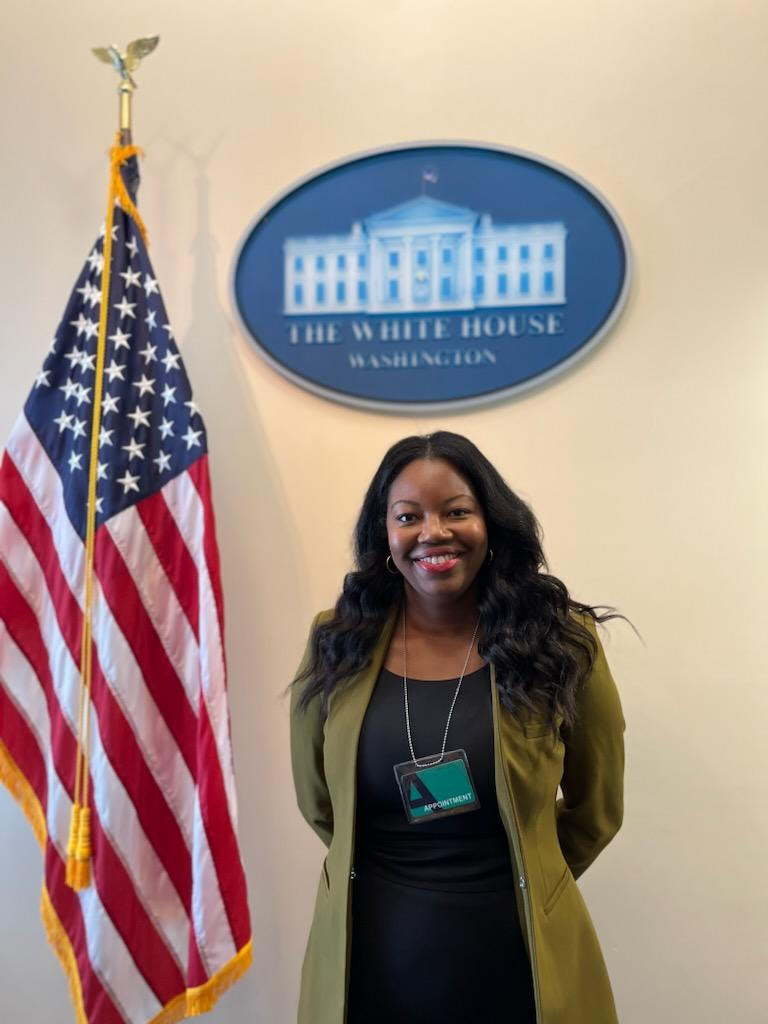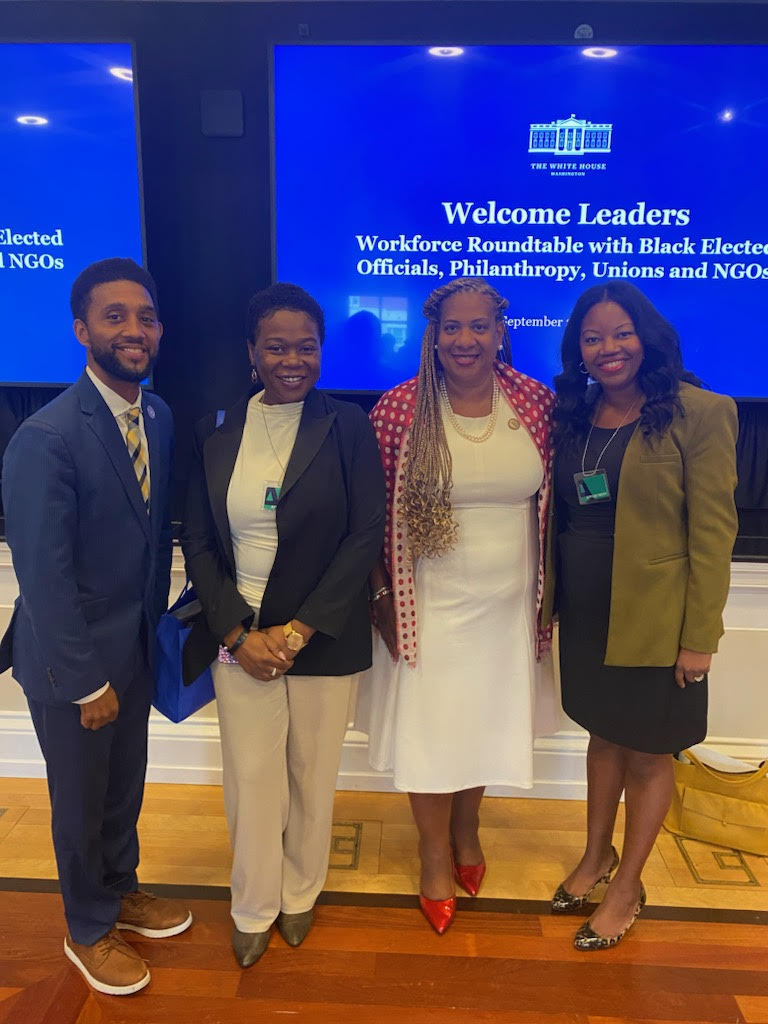Author: Jennifer Epps, Executive Director of The LIFT Fund
Date: 11/13/2023
 In the United States, Black workers are among the most marginalized individuals who consistently face unjust labor practices, low wages and harsh working conditions. On average, Black men earn $.71 for every dollar paid to white men, while Black women earn just $.63*. One in four Black workers report that they have experienced discrimination or unfair treatment by their employer in hiring, pay or promotions due to their race.** Half of the nation’s Black workers live in the South, where we are seeing a two-tiered labor market that exacerbates underlying, historically rooted occupational segregation. In this tiered system, people of color are predominantly employed in very low-wage industries, such as meat processing, childcare, assembly line manufacturing, hospitality and retail, while high-wage industries, such as tech, finance, engineering, medicine and law, remain predominantly white. Food security, housing stability and child well-being are all directly tied to wages and working conditions. When workers are subject to unjust conditions, their families and communities suffer.
In the United States, Black workers are among the most marginalized individuals who consistently face unjust labor practices, low wages and harsh working conditions. On average, Black men earn $.71 for every dollar paid to white men, while Black women earn just $.63*. One in four Black workers report that they have experienced discrimination or unfair treatment by their employer in hiring, pay or promotions due to their race.** Half of the nation’s Black workers live in the South, where we are seeing a two-tiered labor market that exacerbates underlying, historically rooted occupational segregation. In this tiered system, people of color are predominantly employed in very low-wage industries, such as meat processing, childcare, assembly line manufacturing, hospitality and retail, while high-wage industries, such as tech, finance, engineering, medicine and law, remain predominantly white. Food security, housing stability and child well-being are all directly tied to wages and working conditions. When workers are subject to unjust conditions, their families and communities suffer.
At this moment, an influx of federal investment provides us with the opportunity to build an economy where employment ensures stability, investment and equity for Black workers. The Investing in America Agenda, a legislative package that mobilizes historic levels of investment in the workforce, represents a once-in-a-lifetime opportunity for Black workers across our country. Workers across the country could stand to benefit from what could be millions of good, family-sustaining jobs across new and growing sectors, such as clean energy and semiconductors, that lead to thriving communities, schools, generational wealth-building, home ownership and improved healthcare.
 It’s imperative that we seize this moment to invest in Black workers, and earlier this fall, I joined a group of union, philanthropic and community leaders, along with elected officials, for a roundtable at the White House, where we discussed how to accomplish this.
It’s imperative that we seize this moment to invest in Black workers, and earlier this fall, I joined a group of union, philanthropic and community leaders, along with elected officials, for a roundtable at the White House, where we discussed how to accomplish this.
The discussion, a “Workforce Roundtable with Black Elected Officials, Philanthropy, Unions and NGOs,” brought together Black leaders to strategize, identify ways to partner and build connections to ensure that it’s not just jobs, but good quality jobs, that are created for communities around the country. At LIFT, centering Black workers is core to our funding strategy as we work to ensure that the communities most affected by centuries of exploitation are able to lead the way to create a just economy that works for all.
As leaders come together to meet local workforce needs, we must keep Black workers at the center. Philanthropy, unions, community groups, and local, state and national elected officials each have a role to play, and the more cross-pollinating we can achieve across our issues of expertise, the better outcomes we can drive for Black workers. Thank you to the White House Office of Intergovernmental Affairs, the White House Office of Public Engagement, and the National Economic Council for bringing us together. But, our work is not done. This conversation was an important moment in bringing together leaders across the public, private and philanthropic sectors at the precipice of a huge influx of dollars. Leaders across the public, private and philanthropic sectors must continue to come together to strategize on ways to ensure unprecedented investments result in material gains for workers and communities that have suffered decades of underinvestment. However, what’s more critical than conversation is action. We must ensure that these conversations are followed by meaningful action to invest in Black workers. At The LIFT Fund, we will continue to invest in labor and community-based organizations whose core aims are to advance worker power and prioritize racial justice.
*https://www.epi.org/publication/black-workers-covid/
**https://www.pewresearch.org/social-trends/2023/03/30/how-americans-view-their-jobs/
